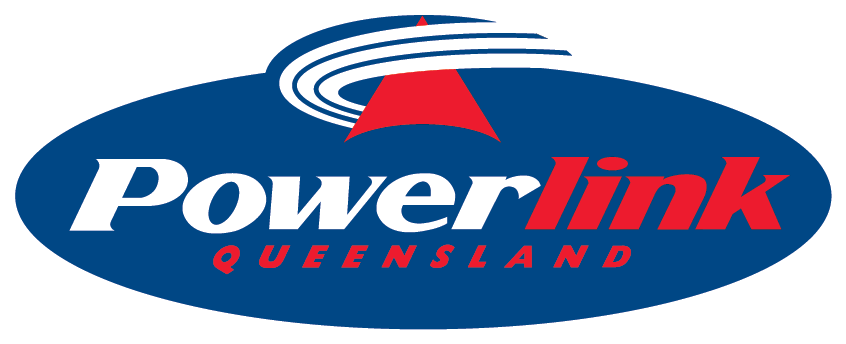The RIT-T is a cost-benefit analysis that Powerlink and other transmission network service providers carry out to ensure electricity solutions are delivered at the highest net benefit to the electricity market, or at the lowest long run cost to consumers.
Since September 2017 all transmission network service providers must undertake a RIT-T when replacing network assets such as transmission lines, transformers or secondary systems, which cost more than $7 million (the cost threshold). Previously the RIT-T only applied when constructing new assets such as substations or transmission lines over the cost threshold.
As a regulated monopoly business, Powerlink is obligated (under the Electricity Act 1994, National Electricity Law and the National Electricity Rules) to ensure its high-voltage electricity transmission network can reliably and economically meet existing and future electricity demand.
Application of the RIT-T ensures the recommended solution is the most economic option to meet reliability standards.
Powerlink must apply the RIT-T if the most expensive technically and economically feasible option to address a transmission network need is more than the cost threshold (currently $7 million). The RIT-T process requires consultation with registered participants, AEMO and interested parties.
Where transmission investment is required to address distribution network needs, Powerlink and the relevant Distribution Network Service Provider must consult with registered participants, AEMO and interested parties through application of either the RIT-T or Regulatory Investment Test for Distribution (RIT-D).
Where the most expensive technically and economically feasible option to address the identified transmission network need is more than the cost threshold (currently $7 million), Powerlink is obligated to undertake a three-stage public consultation process (unless identified in AEMO’s Integrated System Plan (ISP) as an actionable ISP project). The documents published as part of this process are the Project Specification Consultation Report, Project Assessment Draft Report and Project Assessment Conclusions Report. The National Electricity Rules set out the information and analysis that must be contained in each of these documents.
Sometimes an Assessment Report (stage two) doesn’t have to be prepared when the preferred option cost identified in the Consultation Report is less than $46 million and has no material market benefits. In these instances, feedback and advice on the Consultation Report is addressed in the Conclusions Report (stage three).
Registered Participants include electricity generators, major customers and electricity distributors. To participate in the National Electricity Market (NEM), organisations must register with the Australia Energy Market Operator (AEMO) as a Registered Participant.
Interested Parties are end users or their representatives who, in the Australian Energy Regulator's (AER’s) opinion, have the potential to suffer a material and adverse NEM impact from the investment identified in the RIT-T.
To enhance the value and outcomes of the RIT-T engagement process, Powerlink has developed a simple and practical approach to engage with stakeholders as part of the RIT-T process.
Powerlink’s RIT-T stakeholder engagement matrix includes a list of potential engagement activities that may be undertaken during public consultation. The characteristics of each potential project are considered on a case-by-case basis in order to arrive at a final engagement strategy for individual stakeholder groups.
There are a few ways in which stakeholders can find out about RIT-Ts currently underway. The Australian Energy Market Operator (AEMO) publishes summary notices on all current RIT-Ts in the National Electricity Market on their website at www.aemo.com.au/Stakeholder-Consultation. In addition, transmission network service providers are required to publish RIT-T documents on their websites.
Powerlink stakeholders are welcome to email [email protected] for links to current consultations or for copies of previous RIT-T documents which may no longer be available on our website.
